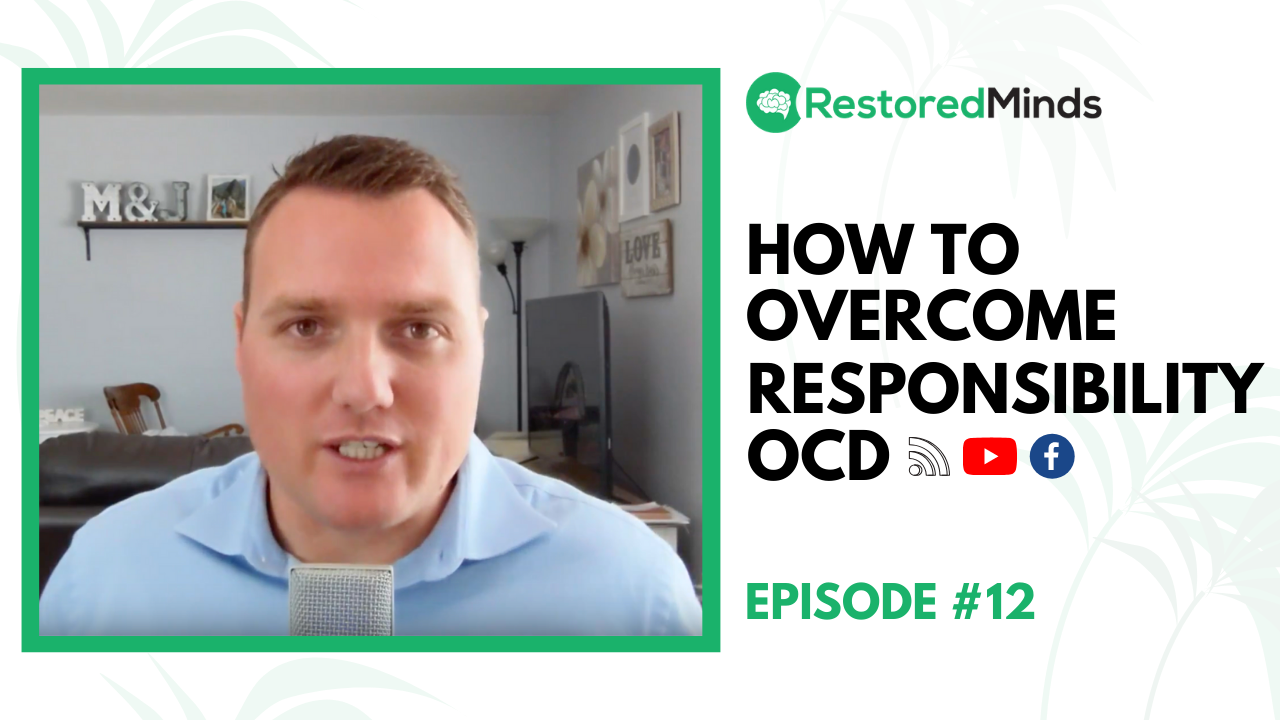How To Overcome Responsibility OCD | Intrusive Thoughts
Dec 10, 2019
What is Responsibility OCD?
Responsibility OCD primarily involves intrusive thoughts centered on the fear of being a harm to others in some indirect way. Unlike traditional OCD symptoms, which often focus on personal harm or safety, Responsibility OCD heightens the concern for the well-being of others. Individuals might worry that their actions, or lack thereof, could indirectly cause harm, leading to intense feelings of guilt and moral responsibility.
For instance, someone with contamination OCD might fear touching contaminated surfaces due to personal health concerns. In contrast, a person with Responsibility OCD will avoid touching surfaces thinking they could spread germs to others, thereby endangering someone else's health.
Forms of Responsibility OCD
Responsibility OCD can manifest in several ways:
-
Contamination Concerns:
Fear of spreading germs leading to excessive hand-washing or avoidance of social contact.
-
Magical Thinking:
Believing certain actions or rituals must be performed to prevent harm to loved ones. For example, compulsively counting numbers to avoid catastrophe.
-
Reassurance Seeking:
Constantly asking loved ones for confirmation that they haven't caused any harm.
-
Compulsive Checking:
Repeatedly checking and neutralizing potential threats, like removing signs that could theoretically hurt someone.
Case Examples
To better illustrate, let's dive into two real-life examples:
-
Case 1: A young girl felt compelled to count each number she saw (e.g., hotel room numbers) to prevent harm from befalling her family.
-
Case 2: A gentleman with Responsibility OCD collected realtor signs, worrying that the metal rods could injure someone.
Such compulsions not only consume time but also significantly impair daily functioning.
Treatment Process
Treating Responsibility OCD typically involves Exposure and Response Prevention (ERP), a form of cognitive-behavioral therapy. The goal is to incrementally expose the individual to their fears while preventing the compulsive behavior that typically follows.
Key Components of ERP for Responsibility OCD:
-
Exposure:
Deliberately engaging in the feared activity (e.g., touching contaminated surfaces and then shaking hands).
-
Response Prevention:
Refraining from performing the related compulsion (e.g., avoiding excessive hand-washing or calling for reassurance).
-
Guilt and Fear Habituation:
Allowing oneself to experience guilt and fear fully without neutralizing behaviors, helping to diminish these feelings over time.
Exploring Narrative Exposure
Narrative exposures can also be incorporated into treatment, where the individual deeply confronts the core fear through storytelling or audio loops, helping to desensitize the emotional response.
Conclusion
Responsibility OCD can be incredibly challenging due to its additional layer of moral and ethical concern. However, understanding the nature of these thoughts and engaging in appropriate therapy can offer a path to recovery.


